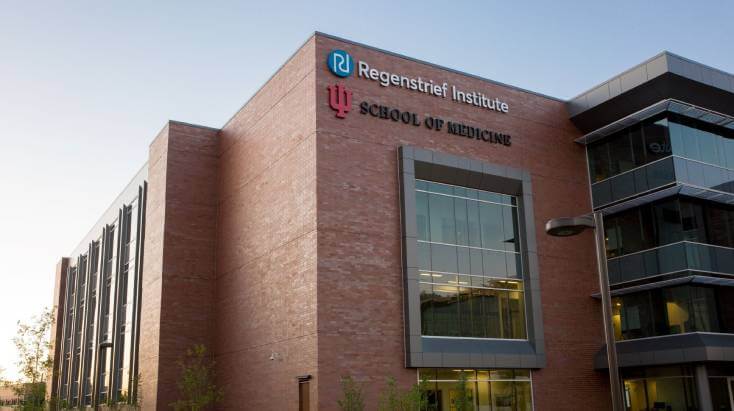Published in the journal JAMA. Here is a link to the article.
Regenstrief Institute authors: Sarah Wiehe M.D., MPH
Breast cancer is the second most common cancer and cause of cancer-related death among U.S. women, with an estimated 43,170 deaths in 2023. While non-Hispanic White women exhibit the highest incidence, non-Hispanic Black women face the highest mortality. To guide clinical practice, the U.S. Preventive Services Task Force (USPSTF) conducted a systematic review and collaborative modeling studies assessing mammography screening strategies. The review focused on various screening approaches—based on age, frequency, modality, and supplemental imaging—and their impact on the incidence of advanced breast cancer, morbidity, and mortality.
The USPSTF determined with moderate certainty that biennial mammography screening for average-risk cisgender women and others assigned female at birth, aged 40 to 74, offers a moderate net benefit. However, the Task Force found insufficient evidence to assess the benefit-harm balance of screening in women aged 75 and older, as well as the use of supplemental imaging (e.g., ultrasound or MRI) for those with dense breasts.
Based on these findings, the USPSTF issued a B recommendation for biennial screening mammography in women aged 40 to 74. Conversely, I statements (indicating insufficient evidence) were issued regarding screening for women 75 and older and for supplemental imaging in those with dense breasts. These recommendations aim to inform preventive care practices and optimize breast cancer outcomes through early detection while acknowledging areas requiring further research.
Authors
US Preventive Services Task Force; Wanda K Nicholson1, Michael Silverstein2, John B Wong3, Michael J Barry4, David Chelmow5, Tumaini Rucker Coker6, Esa M Davis7, Carlos Roberto Jaén8, Marie Krousel-Wood9, Sei Lee10, Li Li11, Carol M Mangione12, Goutham Rao13, John M Ruiz14, James J Stevermer15, Joel Tsevat8, Sandra Millon Underwood16, Sarah Wiehe17
Author Affiliations
1George Washington University, Washington, DC.
2Brown University, Providence, Rhode Island.
3Tufts University School of Medicine, Boston, Massachusetts.
4Harvard Medical School, Boston, Massachusetts.
5Virginia Commonwealth University, Richmond.
6University of Washington, Seattle.
7University of Maryland School of Medicine, Baltimore.
8The University of Texas Health Science Center, San Antonio.
9Tulane University, New Orleans, Louisiana.
10University of California, San Francisco.
11University of Virginia, Charlottesville.
12University of California, Los Angeles.
13Case Western Reserve University, Cleveland, Ohio.
14University of Arizona, Tucson.
15University of Missouri, Columbia.
16University of Wisconsin, Milwaukee.
17Indiana University, Bloomington.









